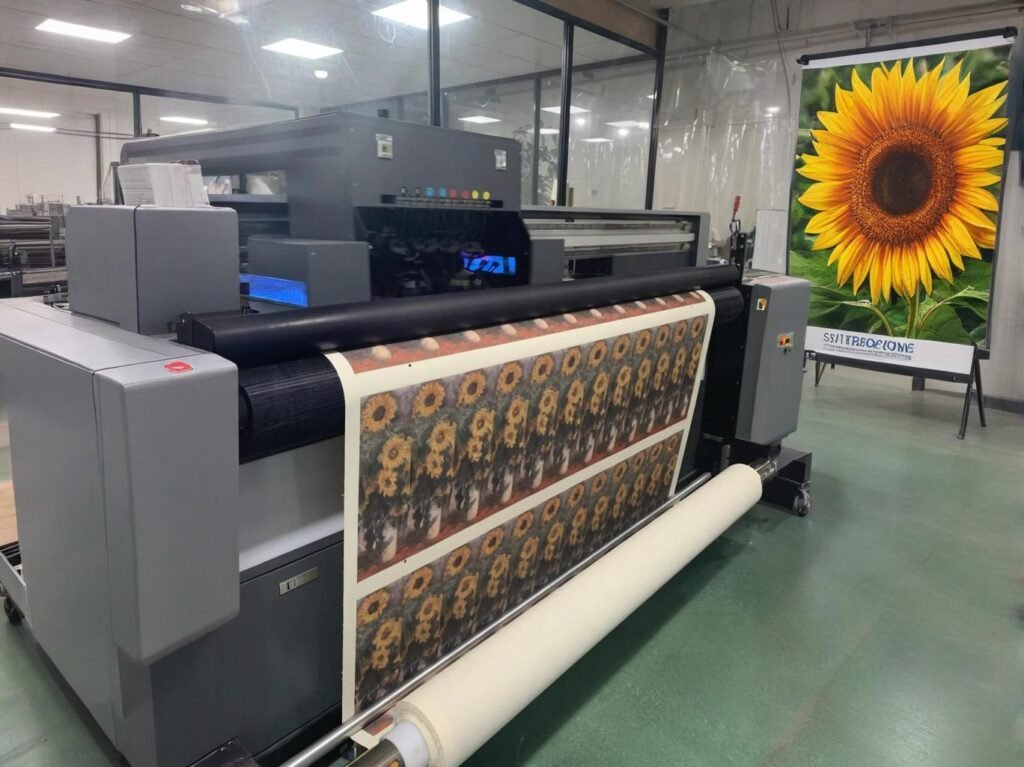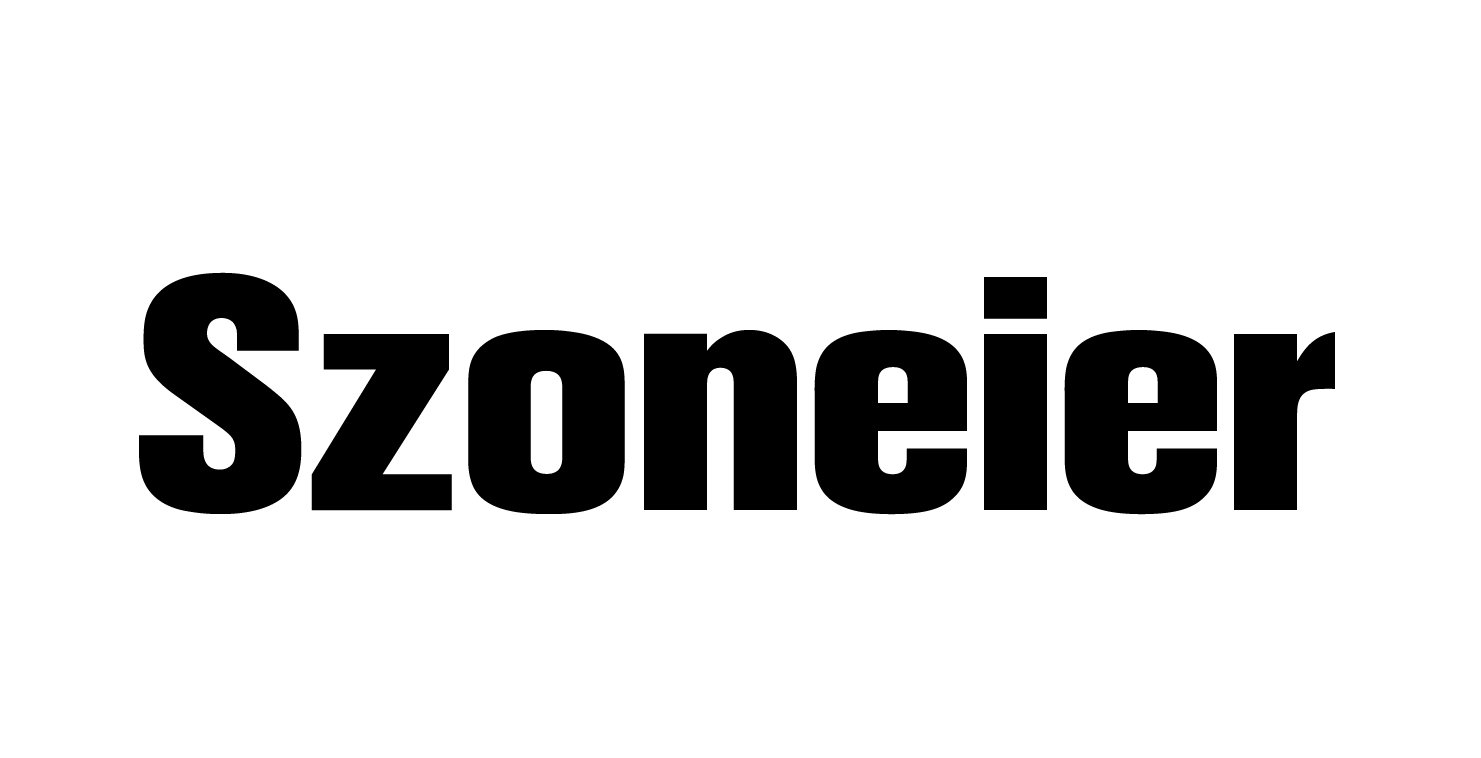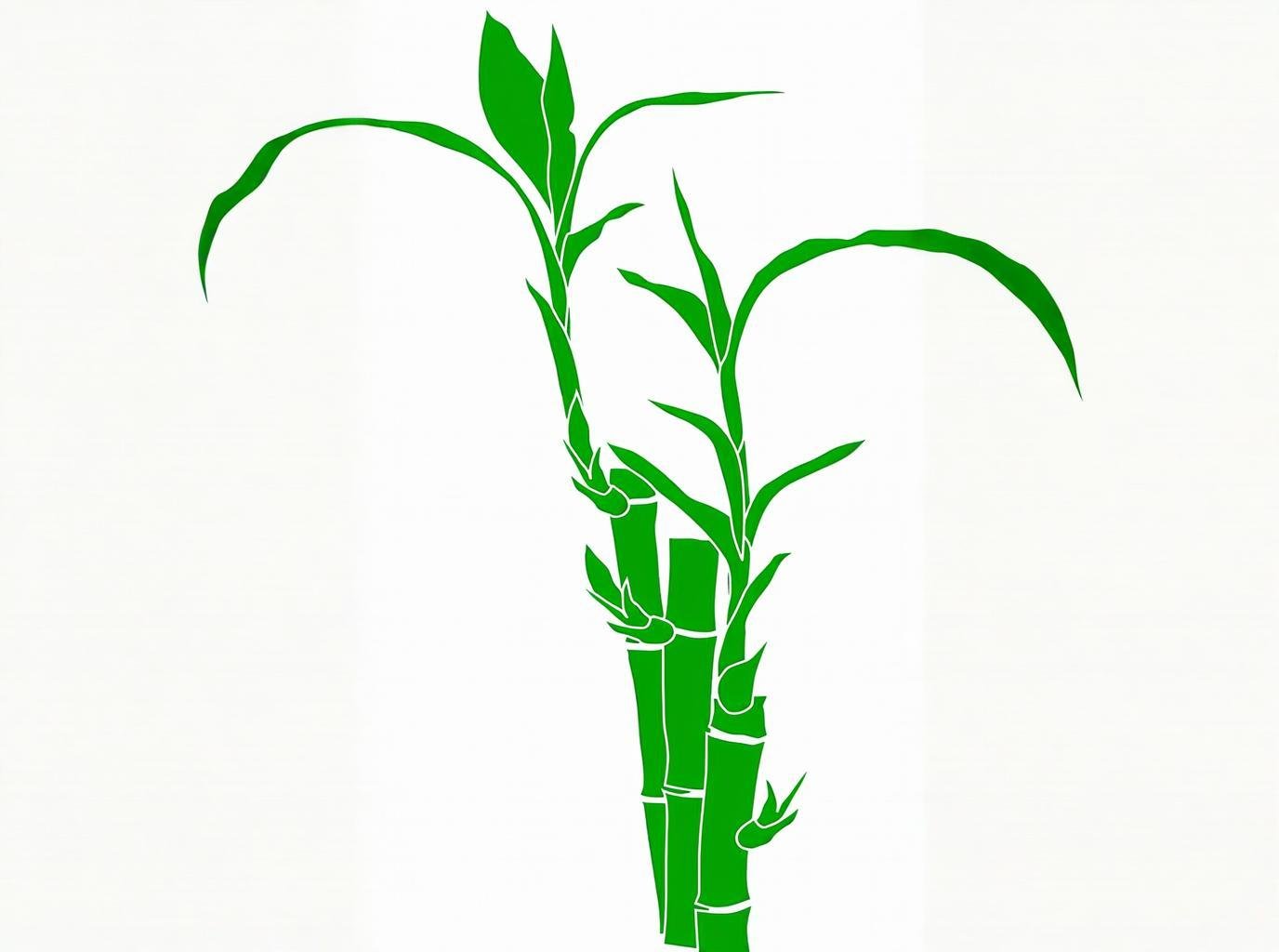How many yards of fabric to make a tote bag?

In the world of textile sourcing and custom bag manufacturing, calculating fabric yardage is more than just a technical step—it’s the core of cost control, design feasibility, and production planning. Whether you’re a B2B buyer ordering 10,000 tote bags or a small custom brand planning a limited edition launch, understanding fabric requirements down to the decimal can make or break your bottom line.
To make one standard-sized tote bag (approximately 14″ W x 16″ H x 4″ D), you typically need 0.75 to 1 yard of 54″ wide fabric. However, variations in bag dimensions, fabric width, pattern matching, lining, and strap styles can push the requirement slightly higher—especially for structured, lined, or multi-pocket bags.
But fabric yardage isn’t a fixed number. It’s a dynamic variable that shifts depending on design complexity, fabric width, waste tolerance, and production method. A seasoned sourcing agent or factory planner knows the truth: even a 5% miscalculation in yardage can cost thousands in overstock or missed orders. Let’s start by breaking down the base requirement—and then go deeper.
1. What Is the Standard Yardage Needed for a Basic Tote Bag Design?
A basic unlined tote bag with two handles typically requires 0.75 to 1 yard of 54-inch wide fabric, including allowance for seams, top hems, and handles.
1.1 Base Dimensions vs. Fabric Need:
| Bag Size (W x H x D) | Fabric Needed (54″ wide) | Comments |
|---|---|---|
| 13″ x 15″ x 4″ (small tote) | 0.6–0.75 yards | No lining, single fabric |
| 14″ x 16″ x 4″ (standard) | 0.75–1 yard | Includes handles from same fabric |
| 16″ x 18″ x 6″ (large tote) | 1–1.25 yards | Ideal for shopping/grocery bags |
This yardage includes both front + back panels, a bottom gusset, and two straps around 20″ each.
1.2 Fabric Width Consideration:
With 45” wide fabric, you’ll need a little more (closer to 1.25 yards) due to narrower layout constraints. But for 60″ wide fabric, you can cut more efficiently, often reducing waste.
1.3 Pattern and Print Matching:
If you’re using large-scale prints or directional fabric (e.g., stripes, branded logos), add 0.25 yards to align the designs—especially in luxury tote production.
1.4 Real Case Example:
A boutique brand in Australia placed an order with SzoneierFabrics for 10,000 canvas totes with printed front panels and inside zip pockets. By switching from 45” to 60” canvas rolls, they saved 0.18 yards per unit, which translated to a material savings of 1,800 yards total—over \$4,300 USD in costs saved.
2. How Do Tote Bag Sizes Affect Fabric Yardage Requirements?
Tote bag size directly impacts fabric consumption. As width, height, and depth increase, so does the yardage required—especially when factoring in gussets, boxed corners, or custom handles.
2.1 Comparison: Size vs. Fabric Usage
| Tote Bag Type | Typical Dimensions (inches) | Fabric Required (54″ wide) |
|---|---|---|
| Mini Tote | 10 x 12 x 3 | 0.5–0.6 yards |
| Standard Daily Tote | 14 x 16 x 4 | 0.75–1 yard |
| Oversized Shopper | 18 x 20 x 6 | 1.25–1.5 yards |
| Beach Tote (wide) | 22 x 18 x 6 | 1.5–1.75 yards |
| Laptop Tote | 16 x 14 x 4 + padded liner | 1.25–1.5 yards |
2.2 Add-Ons That Affect Yardage:
- Gussets or boxed corners: Require extra fabric to allow for bag depth and structure.
- Inside linings or dividers: Add 0.25–0.5 yards depending on type and thickness.
- Reinforced bottom panel or foam core sleeves: Also require additional cutting and layout adjustments.
2.3 Cutting Efficiency Based on Size:
In production, smaller totes allow more efficient cutting layouts per yard (higher yield). Larger totes often result in more leftover scraps, which increases waste unless cleverly reused for accessories like key holders or pouches.
2.4 Case Example:
A Korean fashion label wanted an oversized tote (22” wide) with logo embroidery and 2 inner pockets. Initial estimates were 1.25 yards per unit, but after sample testing, they revised to 1.65 yards due to embroidery misalignment on wide panels. Without that adjustment, 10% of production would have had off-center logos.
3. What Fabric Width Should You Consider When Calculating Yardage?
The width of your fabric roll—typically 44″, 54″, or 60″—has a major impact on how much yardage you’ll need per tote. Wider fabrics reduce waste and maximize cutting efficiency, making them more cost-effective for B2B bulk production.
3.1 Standard Fabric Widths for Tote Bags:
| Fabric Width | Typical Uses | Pros | Cons |
|---|---|---|---|
| 44″ (112 cm) | Quilting cotton, light canvas | Widely available, cost-effective | More yardage needed per bag |
| 54″ (137 cm) | Upholstery cotton, midweight canvas | Balanced efficiency | Medium waste rate |
| 60″ (152 cm) | Heavy-duty canvas, twill, poly-cotton | High efficiency, best for bulk | Slightly higher roll price |
3.2 How Fabric Width Affects Layout:
| Tote Size (14×16″) | Layout with 44″ Fabric | Layout with 60″ Fabric |
|---|---|---|
| Front + Back Panels | 1 pair per 0.75 yards | 2 pairs per 0.6 yards |
| Handles (2×20”) | 1 pair per 0.25 yards | 2–3 pairs per 0.25 yards |
Wider fabric means fewer yards consumed per bag, which directly reduces raw material costs in large-scale production.
3.3 Cutting Efficiency by Width:
| Fabric Width | Tote Bags per 10 Yards | Yield Efficiency |
|---|---|---|
| 44″ | \~10–12 totes | Low |
| 54″ | \~14–15 totes | Medium |
| 60″ | \~18–20 totes | High |
3.4 Case Snapshot:
A Canadian eco-bag wholesaler originally used 44” fabric rolls for 20,000 units. SzoneierFabrics proposed switching to 60″ greige canvas, which reduced required yardage by 15% and saved over \$6,800 USD on materials and labor due to fewer cuts per batch.
3.5 Buyer Tip:
Always request fabric layout diagrams or CAD cutting maps from your manufacturer. They help visualize how efficiently your tote pieces fit across the fabric roll and where material loss occurs.
4. Do Lining, Straps, and Pockets Increase Fabric Consumption?
Yes, linings, straps, and pockets significantly increase the total fabric yardage needed per tote bag. On average, fully-lined bags with sewn-in handles and one interior pocket require 1.2 to 1.5 times more fabric than unlined, single-layer totes.
4.1 Fabric Add-Ons and Their Yardage Impact:
| Component | Average Extra Yardage Needed (Per Tote) |
|---|---|
| Full Lining | +0.3–0.5 yards |
| Pockets (interior) | +0.1–0.2 yards |
| External Pockets | +0.2–0.3 yards |
| Fabric Handles | +0.15–0.25 yards |
| Reinforced Base | +0.2 yards (especially with foam or interfacing) |
4.2 Function vs. Fabric Cost:
- Retail luxury totes often include full linings, zippered pockets, and branded labels—all of which increase yardage and complexity.
- Wholesale or promotional totes usually skip linings and use cotton webbing for handles to reduce fabric demand and labor time.
4.3 Use Case Comparison:
| Bag Type | Description | Total Fabric Estimate (54″ wide) |
|---|---|---|
| Basic Promo Tote | Unlined, stitched handles only | 0.75 yards |
| Mid-Tier Retail Tote | Lined, with 1 pocket and webbing strap | 1.1 yards |
| Premium Tote | Full lining, gusset base, internal pocket | 1.3–1.5 yards |
4.4 Material Choice Affects Add-On Yardage:
For example, using PU-coated lining requires more precise cuts (often more waste), while nylon or polyester linings can be cut tighter due to non-fraying edges.
4.5 Case Example:
A European accessories brand initially underestimated lining yardage for their fall tote series. After a 5% overrun in lining fabric across 5,000 units, they incurred a \$2,100 unplanned material expense. Switching to pre-stitched lining panels in production batches resolved the issue for the next cycle.
5. Which Types of Fabric Yield the Most Efficient Cut for Tote Bags?
Wider, tightly woven fabrics like canvas, cotton twill, or polyester oxford cloth offer the most efficient cutting layouts for tote bags, especially when available in 54” to 60” widths. These materials minimize waste, maintain edge integrity, and allow for denser stacking during cutting.
5.1 Top 5 Fabric Types for Cutting Efficiency:
| Fabric Type | Avg. Width | Cutting Efficiency | Durability | Common Usage |
|---|---|---|---|---|
| Cotton Canvas (12–16oz) | 54–60″ | High | High | Retail, utility |
| Cotton Twill | 58–60″ | Medium–High | Medium | Fashion totes |
| Polyester Oxford (600D) | 60″ | Very High | Very High | Outdoor, promo |
| RPET Fabric | 54–58″ | High | Medium | Eco marketing |
| Denim (8–12oz) | 58–60″ | Medium | High | Fashion/urban |
5.2 Fabric Properties That Improve Cutting Efficiency:
- Low fray margins (reduces seam allowance)
- Stable grain line (prevents panel distortion)
- Tight weave (enables sharper cuts with die-press or laser)
- Wider roll width (more parts per layout)
5.3 Real Factory Insight:
At SzoneierFabrics, when switching from 45” twill to 60” RPET canvas for a client producing eco shopping bags, layout tests showed:
- 22% reduction in fabric waste
- 15% increase in cutting speed
- Zero fray-related defects over 5,000 units
5.4 Matching Fabric to Design Intent:
- For structural totes, go with 16oz canvas or 600D polyester
- For soft totes or drawstring bags, choose lightweight twill or poplin
- For eco-positioned brands, RPET canvas with tight weaves yields excellent print results and low waste
5.5 Critical Sourcing Tip:
Always request your supplier to provide CAD nesting layouts or ask if they support marker-making software. This ensures you’re not just buying “1 yard per bag” based on guesswork but on data-backed cutting yield.
6. How Many Tote Bags Can You Make from 1 Yard of Fabric?
Depending on tote size and fabric width, you can typically make 1 to 2 standard tote bags per yard of 54”–60” wide fabric. Small totes yield up to 3 units per yard, while large, lined or gusseted bags may only yield 0.75 per yard.
6.1 Bag Yield by Size and Width:
| Fabric Width | Tote Type | Avg. Tote Size (in) | Tote Yield per 1 Yard |
|---|---|---|---|
| 45″ | Mini Tote | 10 x 12 x 3 | 1.5 – 2 bags |
| 54″ | Standard Tote | 14 x 16 x 4 | 1 – 1.25 bags |
| 60″ | Standard Tote | 14 x 16 x 4 | 2 bags (tight layout) |
| 60″ | Large Beach Tote | 18 x 20 x 6 | 0.75 – 1 bag |
Includes body, gusset, and strap pieces—no lining.
6.2 Add-Ons That Reduce Yield:
- Lining reduces yield by 30–50%
- External pockets reduce yield by \~10–15%
- Directional prints or brand logos reduce layout flexibility
6.3 Pro Manufacturer Tip:
To maximize yield per yard:
- Use webbing straps instead of fabric-cut handles
- Nest handle cuts inside body cutouts (zero-waste strategy)
- Use roll-end scraps for internal pocket panels
6.4 Case Example:
An e-commerce bag seller ordered 3,000 tote bags and estimated 1.1 yards per unit. After layout optimization by SzoneierFabrics, the factory achieved 2 bags per yard using 60” fabric and off-press cutting—a total fabric savings of 600 yards and nearly \$2,900 in cost reductions.
6.5 Formula for Yield Estimation:
Here’s a basic formula for fast estimation:
Yardage per tote =
(Bag Width + Seam + Gusset) × 2 + (Bag Height + Seam) × 2 + Handle Length × 2 ÷ (Fabric Width in inches) × 36
Convert result into yards and adjust for waste allowance (add \~10%).
7. Is There a Difference in Yardage Needed for Canvas vs. Cotton Bags?
Yes, canvas typically requires slightly more yardage than plain woven cotton due to its thicker structure, higher shrinkage risk, and wider seam allowances. In general, for the same tote design, canvas needs 5–15% more fabric than lightweight cotton.
7.1 Canvas vs. Cotton Fabric Properties:
| Property | Cotton (5–7oz) | Canvas (10–16oz) |
|---|---|---|
| Thickness | Thin/soft | Thick/structured |
| Typical GSM | 150–240 GSM | 340–540 GSM |
| Fabric Stretch | More flexible | Very stiff |
| Shrinkage After Wash | Moderate (3–5%) | High (6–10%) |
| Seam Allowance Needed | 0.5–0.75 in | 0.75–1 in |
Because of the extra stiffness and volume, canvas seams require larger allowances and can’t be stacked as tightly in cutting layouts—leading to slightly higher yardage consumption.
7.2 Yield Efficiency by Fabric Type:
| Tote Style | Fabric Type | Yardage (per tote) | Comments |
|---|---|---|---|
| Unlined Promo Tote | Cotton (5oz) | 0.6–0.75 yards | High yield, soft finish |
| Structured Retail | Canvas (12oz) | 0.9–1.1 yards | Lower yield, firmer feel |
| Oversized Shopper | Canvas (16oz) | 1.25–1.5 yards | Less flexible, heavier seam |
7.3 Case Example:
A U.S. eco-retailer originally used 6oz organic cotton for branded totes, yielding 1.5 bags per yard. They switched to 12oz canvas to improve structure, but saw a drop to 1 tote per yard. While unit cost increased by 12%, customer satisfaction ratings improved due to perceived quality and durability.
7.4 Buyer Tip:
If you’re balancing cost and appearance, consider 8–10oz cotton duck—it bridges the gap between canvas structure and cotton flexibility, optimizing both price and yardage yield.
8. How Can B2B Buyers Estimate Fabric Yardage for Mass Production Orders?
B2B buyers should estimate fabric yardage for tote bag production using a calculated formula based on bag size, fabric width, waste allowance, and layout efficiency. Always work with your manufacturer to generate a detailed cutting plan before bulk ordering.
8.1 Step-by-Step Estimation Process:
- Define the Bag Specs: Width, height, depth, handle style, lining, and pockets.
- Choose Fabric Width: Typically 54” or 60” for bulk.
- Request Layout Simulation: Ask for CAD-based cutting markers from your supplier.
- Add Waste Allowance: 5–10% buffer for fabric flaws, shrinkage, or human error.
- Multiply by Quantity: Total yardage = (Yards per unit × Quantity) + Waste buffer.
8.2 Fabric Estimation Template:
| Parameter | Value |
|---|---|
| Tote Dimensions | 14″ W × 16″ H × 4″ D |
| Fabric Width | 60 inches |
| Lined | Yes |
| Handles (from fabric) | Yes |
| Total Units | 5,000 |
| Avg. Fabric per Unit | 1.1 yards |
| Waste Allowance | 8% |
| Total Yardage Needed | 5,940 yards |
8.3 Example from SzoneierFabrics:
A European sportswear brand ordered 8,000 high-strength canvas totes for retail giveaways. After testing, the average fabric requirement was 1.05 yards per unit, plus 7% waste. The total yardage supplied was 8,984 yards. Because of accurate pre-calculation, they had only 1.1% leftover stock, which they repurposed into matching drawstring pouches.
8.4 Factory Collaboration Checklist:
- ✓ Send tech pack or product drawing
- ✓ Confirm fabric roll width & type
- ✓ Review cutting yield per roll
- ✓ Set MOQ & buffer %
- ✓ Ask for sample run with yardage log
Ready to Source Smarter, Cut Cleaner, and Save More?
Fabric efficiency is the hidden driver behind tote bag profitability. Whether you’re sourcing 500 or 50,000 pieces, knowing how many yards of fabric per tote bag makes your procurement smarter, leaner, and more scalable. But it’s not just about math—it’s about choosing the right partner.
SzoneierFabrics brings you:
- ✅ Custom tote bag fabric development (cotton, canvas, RPET, oxford)
- ✅ Free sample swatches and CAD layout consulting
- ✅ Low MOQ options and bulk yardage orders
- ✅ Fast lead time and 100% quality assurance
Contact SzoneierFabrics today to get your tote project started the right way—optimized, cost-efficient, and brand-ready.
Can't find the answers?
No worries, please contact us and we will answer all the questions you have during the whole process of bag customization.
Make A Sample First?
If you have your own artwork, logo design files, or just an idea,please provide details about your project requirements, including preferred fabric, color, and customization options,we’re excited to assist you in bringing your bespoke bag designs to life through our sample production process.



